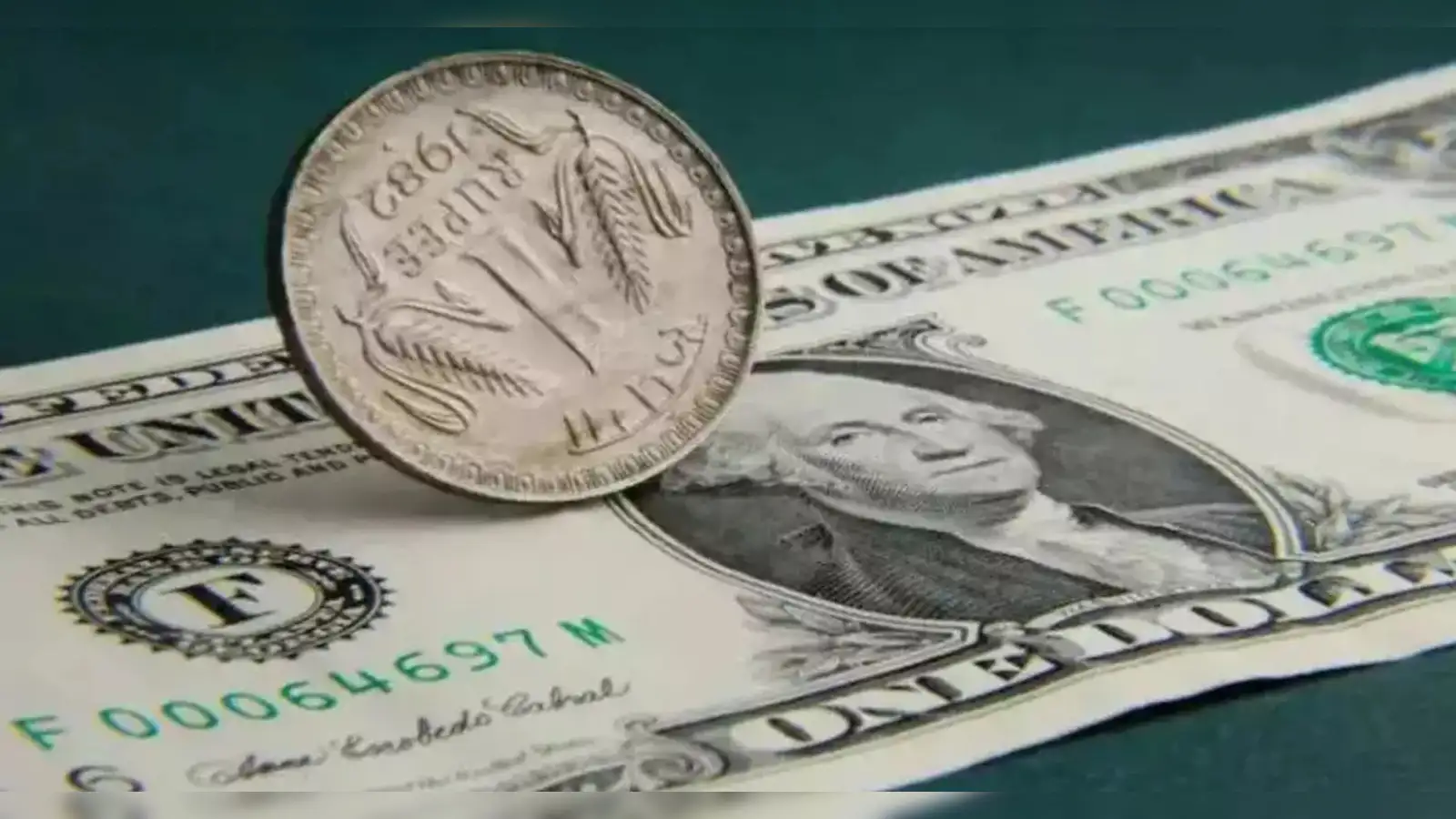Rupee Plummets 88 Paise to 85.71 Against the Dollar, Marking Largest Single-Day Decline in Over Two Years

The Indian rupee experienced a significant decline, closing at 85.71 against the US dollar, marking its worst performance since February 2023. The currency’s drop was influenced by escalating tensions following Pakistan’s military actions, which prompted a swift response from India. As a result, market sentiment shifted, leading to increased demand for dollars and a sharp fall in equity markets.
Market Reaction to Geopolitical Tensions
The rupee opened the trading session on a stable note but began to falter around 2:30 PM after the Indian government confirmed that Pakistan had targeted several military locations. This announcement was perceived as an escalation of the ongoing conflict, which led to a surge in demand for dollars. K N Dey, a forex consultant, noted that importers had initially delayed purchasing dollars, expecting the rupee to strengthen. However, the government’s confirmation of military actions prompted many to hedge their positions, resulting in increased dollar demand and further pressure on the rupee.
The rupee’s decline was not isolated; it coincided with a broader downturn in equity markets, which had been performing well earlier in the day. The sudden shift in sentiment highlights how geopolitical events can swiftly impact financial markets, leading to increased volatility and uncertainty.
Forecasts and Implications for the Rupee
Analysts are now predicting that the rupee could breach the 86 mark if tensions continue to escalate. The dollar-rupee forward premiums also saw a notable increase, with the one-year implied yield rising to a near one-month high of 2.34%. Dey emphasized that historically, the rupee tends to weaken during periods of geopolitical tension, as seen during the Russia-Ukraine conflict. Given India’s direct involvement in the current situation, the currency faces heightened risks, and any further escalation could exert significant pressure on its value.
The potential for a weakened rupee raises concerns about capital flows, as foreign investors may become more cautious in their investments. A declining rupee could also affect other financial flows that are contingent on currency stabilization, creating a ripple effect across the economy.
Global Market Influences
The dollar’s strength on the international stage also contributed to the rupee’s decline. On Thursday, the dollar index, which measures the greenback’s performance against a basket of six currencies, rose by 0.46% to 100.07. Additionally, Brent crude oil prices increased by 1% to $61.76 per barrel, further complicating the economic landscape for India.
Despite the current challenges, some dealers believe that the impact of the conflict may be temporary. Historical patterns suggest that similar geopolitical tensions have not always led to prolonged currency declines. However, the immediate effects on the rupee and the broader market remain a concern for investors and policymakers alike.
Looking Ahead
As the situation unfolds, market participants will be closely monitoring developments in the region. The interplay between geopolitical events and economic indicators will be crucial in determining the rupee’s trajectory in the coming days. Investors are advised to stay informed and consider the potential implications of ongoing tensions on their financial strategies. The current volatility underscores the importance of vigilance in navigating the complexities of the global financial landscape.
Observer Voice is the one stop site for National, International news, Sports, Editor’s Choice, Art/culture contents, Quotes and much more. We also cover historical contents. Historical contents includes World History, Indian History, and what happened today. The website also covers Entertainment across the India and World.

